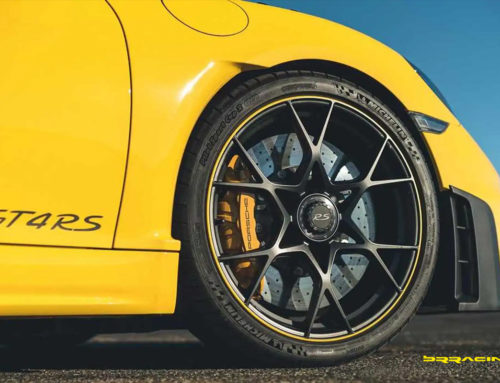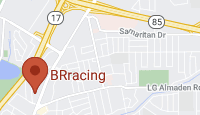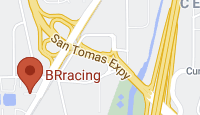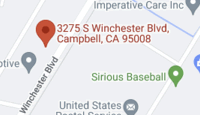
Not all Porsche 911s are Porsche 911s and not every 987 is a Cayman. Every Porsche model has its own internal code, or number. It’s easy to get a bit confused by all the numbers like 911, 959, 964, 993, 991 and so on. So today, we want to give you a brief introduction into the Porsche-Code.
The Porsche-Code has its origins in the 1930’s
Porsche’s internal counting started back in 1931. At that time, Porsche wasn’t a car maker, but the design office Dr. Ing. h. c. F. Porsche, owned by Ferdinand Porsche. At that time, every order got its unique number. Order number 7 for example, was a sedan for a company called Wanderer. A very prominent historic relic was Nummber 22: the Auto Union race car. The original Volkswagen was order number 60. As you can see, numbers rose pretty quickly, as every order, may it be an engine, a car, an axle or a tractor got its own one.
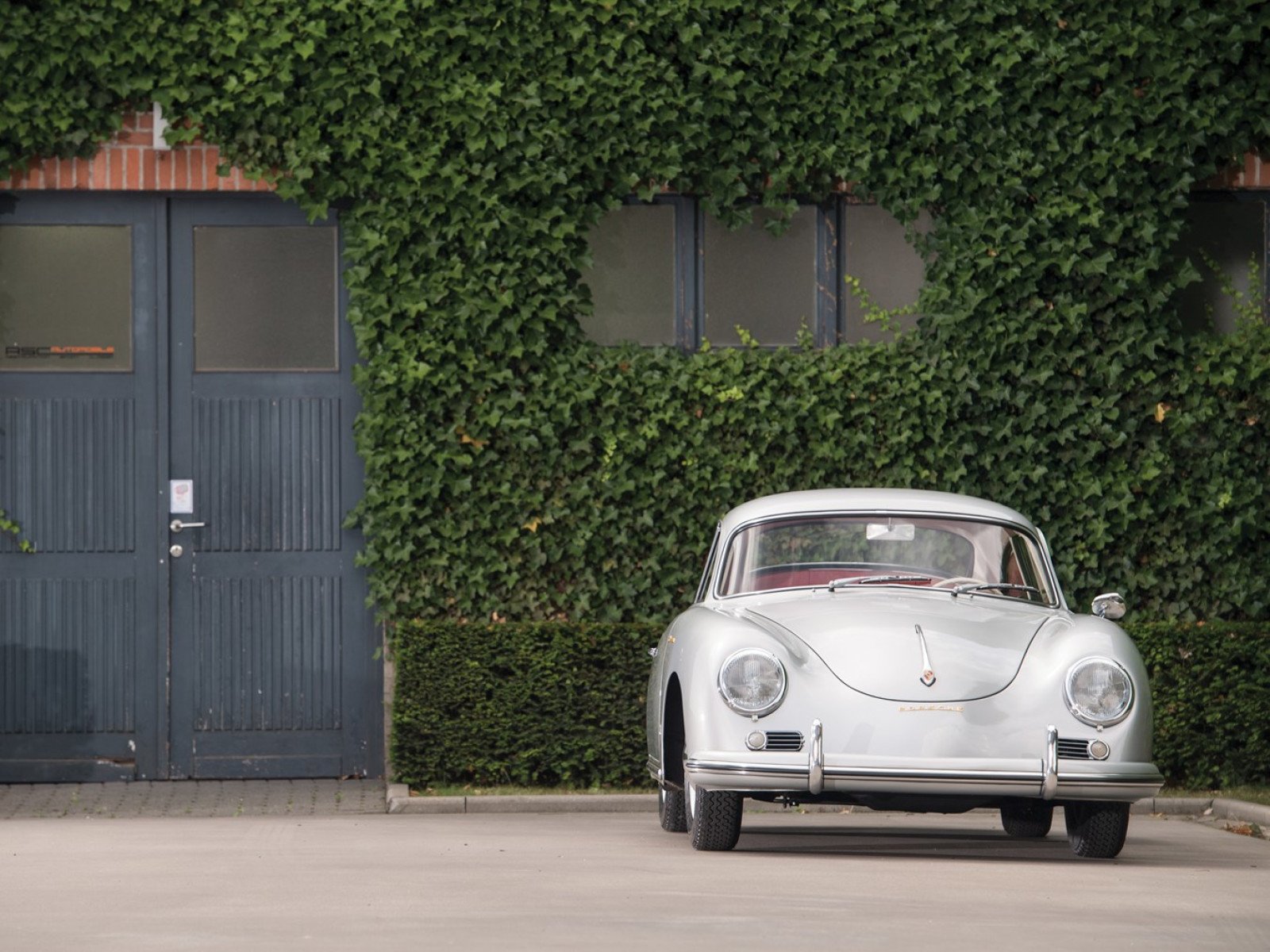

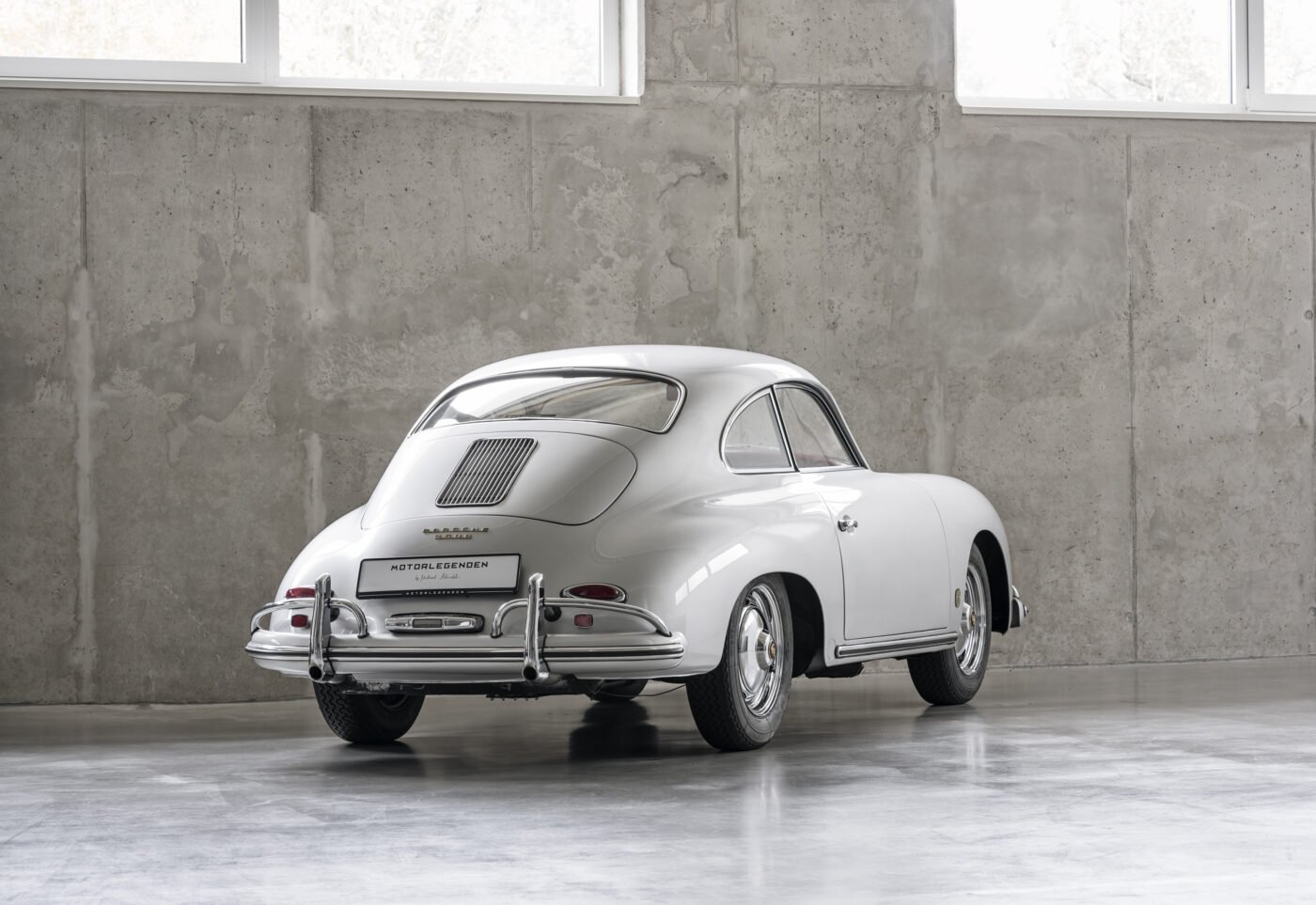
It was not until 1948, Porsche started building their own cars. That was the year of birth for the Porsche 356. Presented in June, the 356 was the first car ever to wear the name Porsche. It was updated over the years and its designation was accompanied by the letters A, B and C. To make very clear, what car was standing in front of you, Porsche often used the cars engine capacity for the model name, e.g. Porsche 356 A 1600 Speedster. At that time, the name of an engine appeared on some special models – it was the name of the Fuhrmann engine, which was called Carrera. That led to the Porsche 356 Carrera 1600 GT.

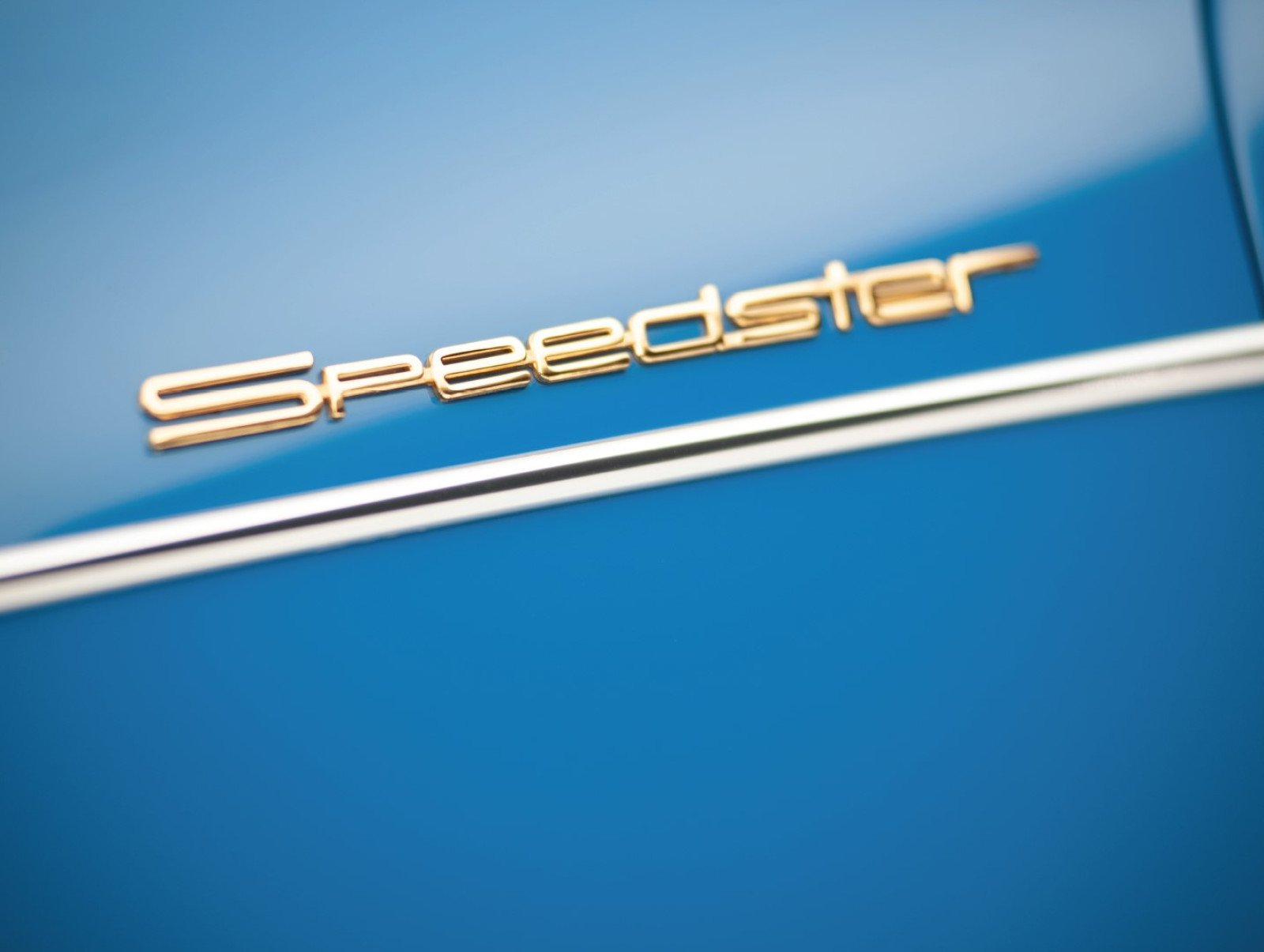

Full order books – rapid rise in order numbers
Thanks to their commercial success with the 356, Porsche’s order books filled up pretty quickly. Only five years after their first production car, Porsche presented a car with the last name “Spyder”. It was so cool, even James Dean couldn’t resist buying one. It already had number 550, so Porsche nearly filled 200 ordner numbers between the two.
For the next model though, the Porsche-Code changed drastically. An interesting side note: Porsche changed their nomenclature because of Volkswagen. Porsche already had a cooperation with the Wolfsburg company in mind, so they wanted to choose model codes, which were compatible with Volkswagens’. As their 900 range was still available, Porsche chose them for future cars.
The Porsche-Code as we know it, is owed to Peugeot
Porsche already had a successor to the 356 in place, which should have been called 901 and offered a six-cylinder boxer engine. They already planned a four-pot, called 902 to complement the 901. At the Frankfurt motor show IAA in 1963, the 901 was presented to the public and was an instant hit. Shortly afterwards, production for the customer cars started.
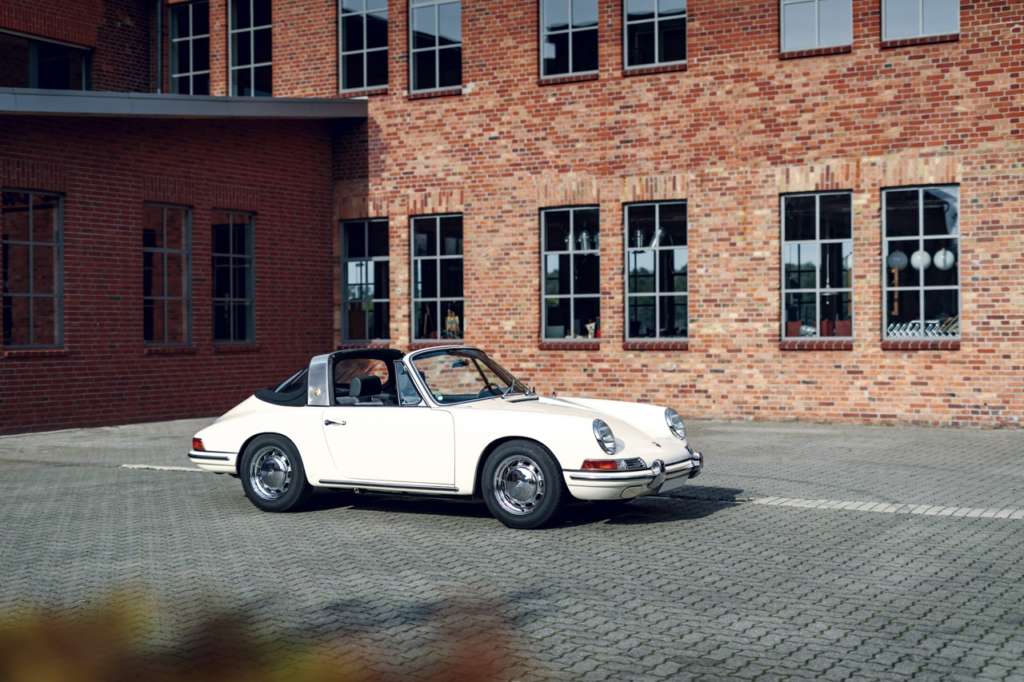
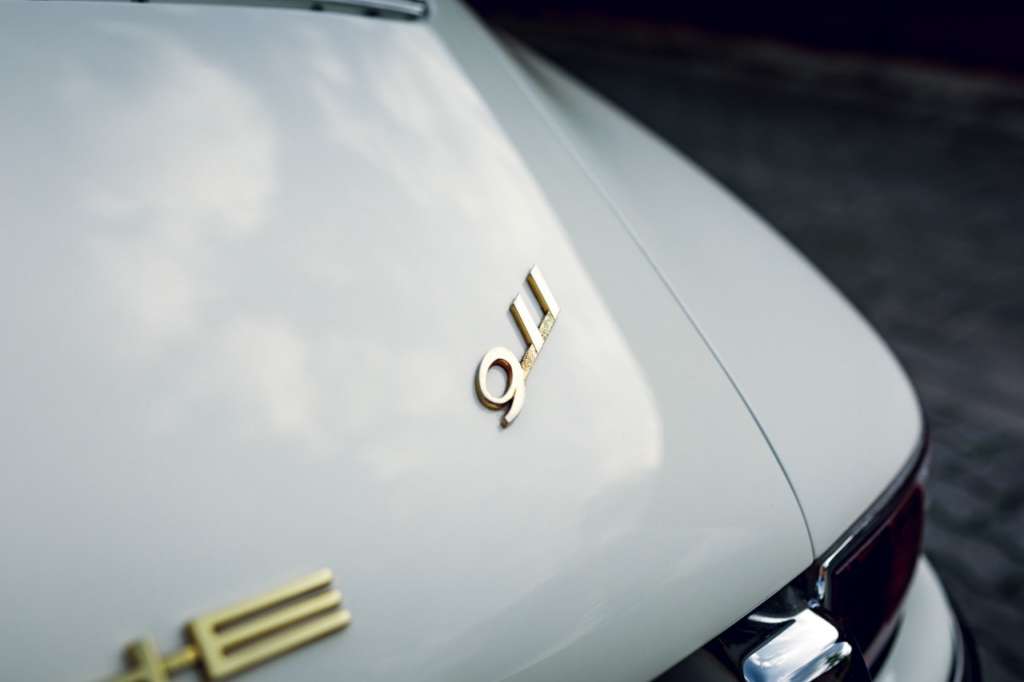
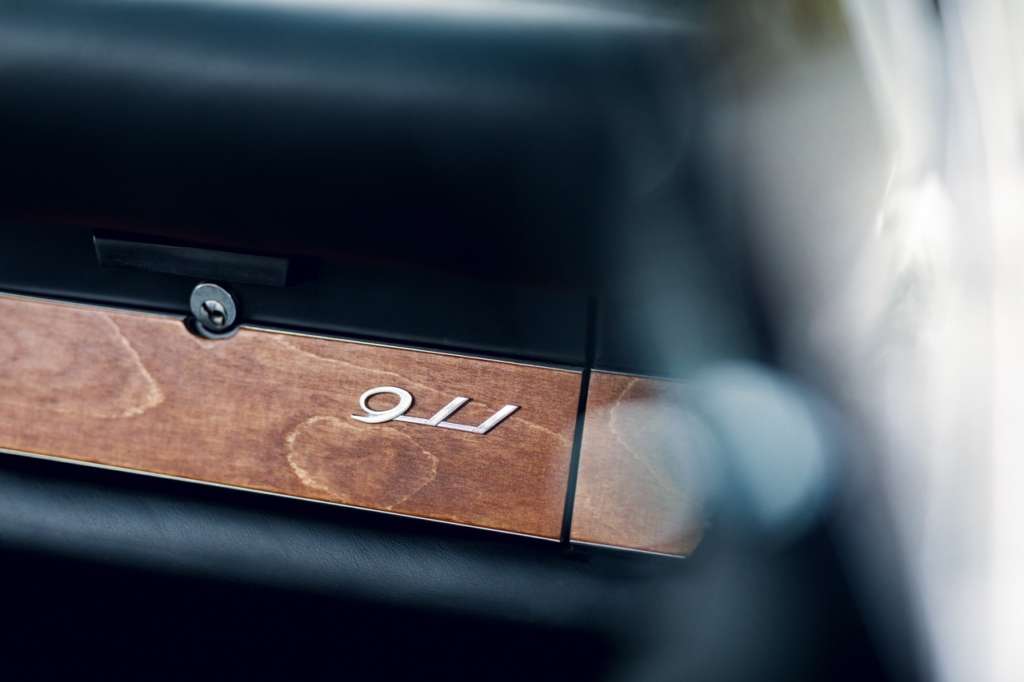
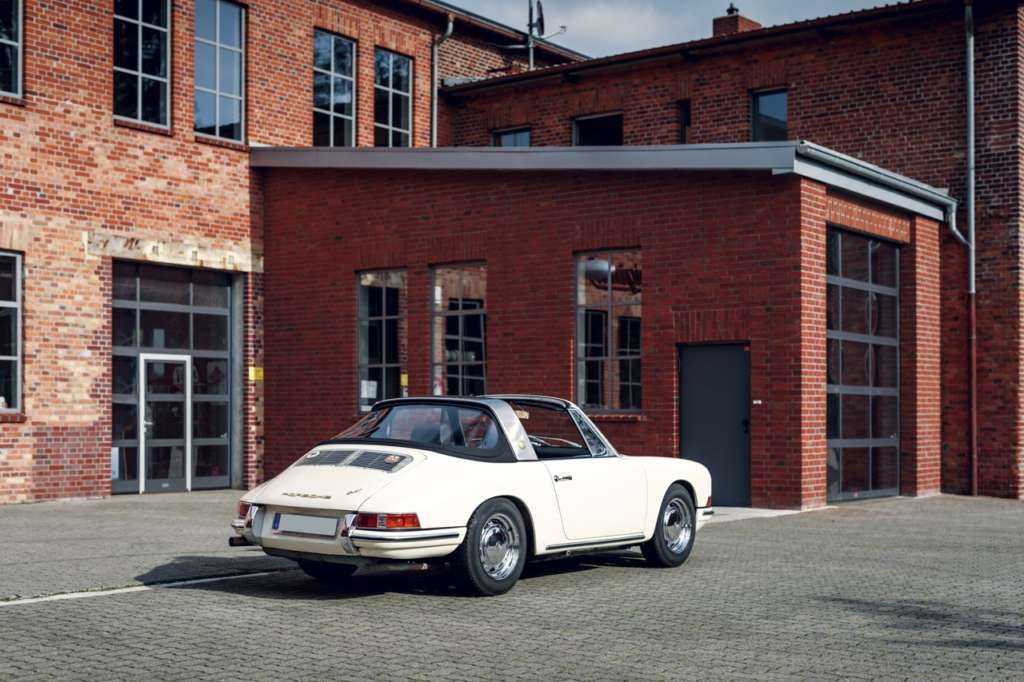
But there was one thing, Porsche didn’t foresee – Peugeot’s lawyers. Since 1929, the french car maker used three digit numbers with a zero in the middle for their models. In France, they enjoyed protection by law for that typing. As Porsche wanted to sell their cars with the same name worldwide, they had to rethink the model name. As usual, they chose a pretty pragmatic approach and changed the model name into Porsche 911. Why? Porsche already had three digits for the emblems and the prospects available: 9, 0 and 1. So they chose to replace the 0 with the 1. The rest of it is history…
At some point, the 900 numbers ran short as well, so Porsche had to alter the code again.
At first, Porsche decided not to change the internal model code for the Porsche 911. The engineers called the 911’s evolutions A-, B-, C- and so on series. This was the Porsche-Code for the next ten years, until the first major update in 1973, which led to the G-Series Porsche 911. Special models in the range still got their own unique number. The most prominent example is the Porsche 930, or 911 Turbo.
914, 924, 928, 944, 964, 968… The Porsche-Code makes simple numbers synonymous for driving pleasure.
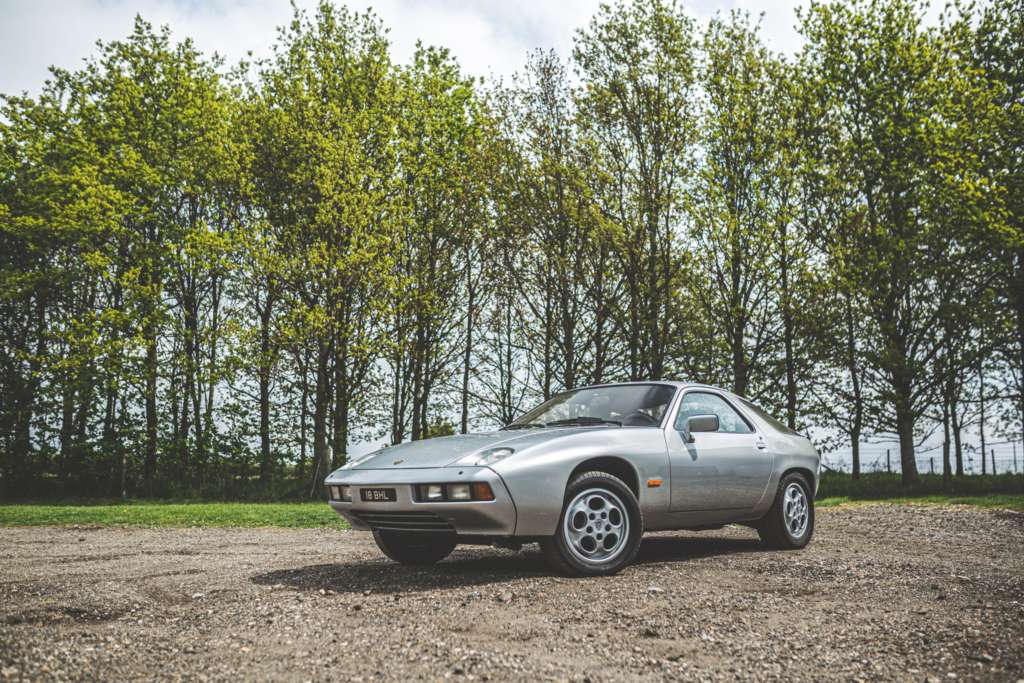
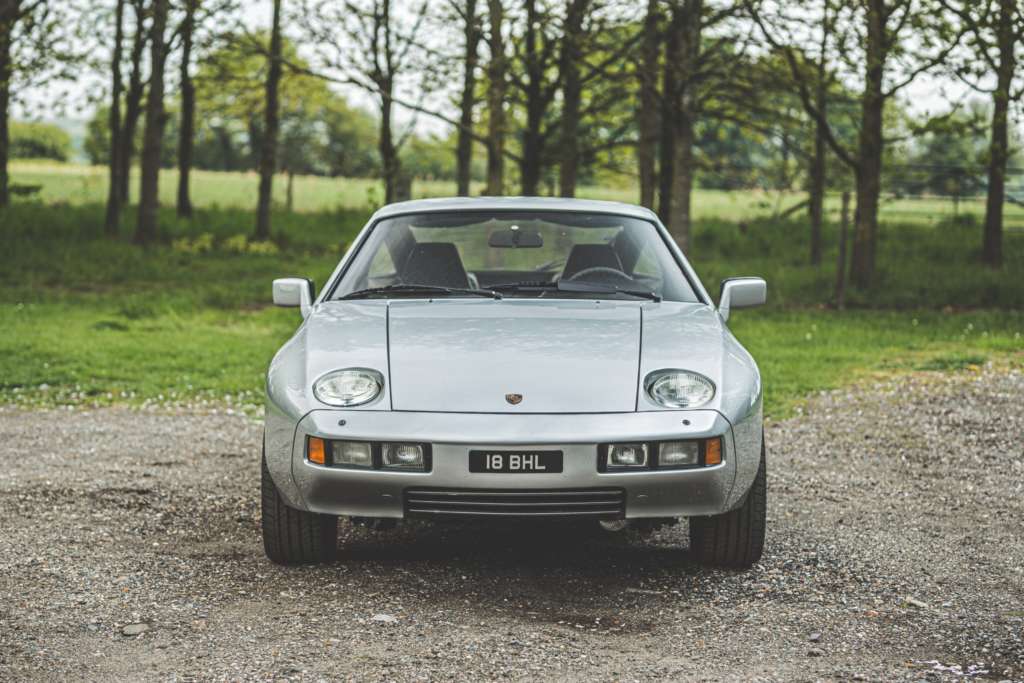
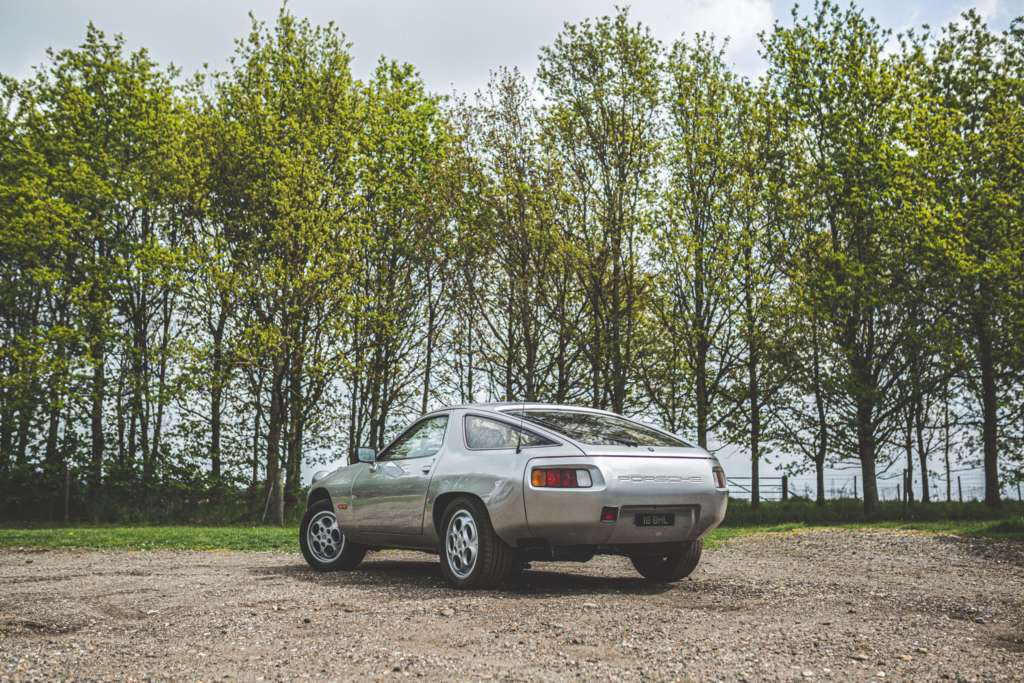
Numerous models followed within the 900 nomenclature. A very light and nimble mid-engined sports car with the 914 and the transaxle models with four- and eight-cylinder engines (924 and 928). This typical three digit number, beginning with a nine quickly became a Porsche trademark. Whoever reads about 964 or 928, immediately recognizes it as a name of a Zuffenhausen sports car.
With the introduction of the 964, the Porsche-Code changed completely
In 1988, the first completely redesigned Porsche 911 was presented. Internally, it was called the 964 and marked a significant change in the Porsche-Code as well. From then on, Porsche used their own code a bit more liberally. Following the 964, in 1993 the last aircooled Porsche saw the light of the day – the Porsche 993. In the transaxle department, the 968 joined the party.
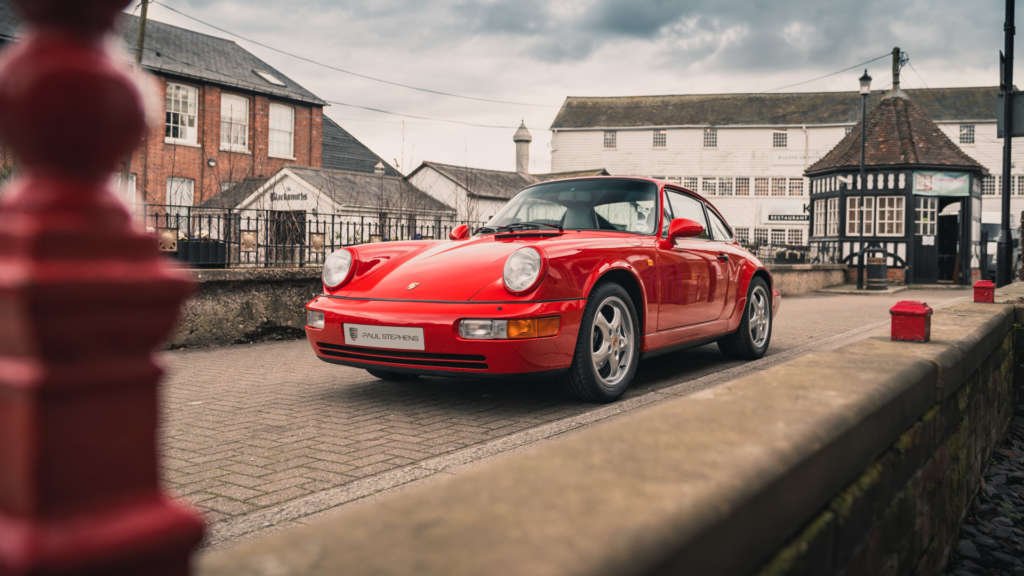
In the mid-90’s, the very first Porsche Boxster was introduced. Its internal code? 986. Shortly afterwards, the first watercooled 911 entered the competition and was called 996. The following 911s were called 997 and 991, with the most recent model being called 992. So the tradition of the three-digit numbers is continued, even though not as stringent as 60 years ago. Today, only Porsche’s sports cars wear numbers as model names. All four-door models wear real names.
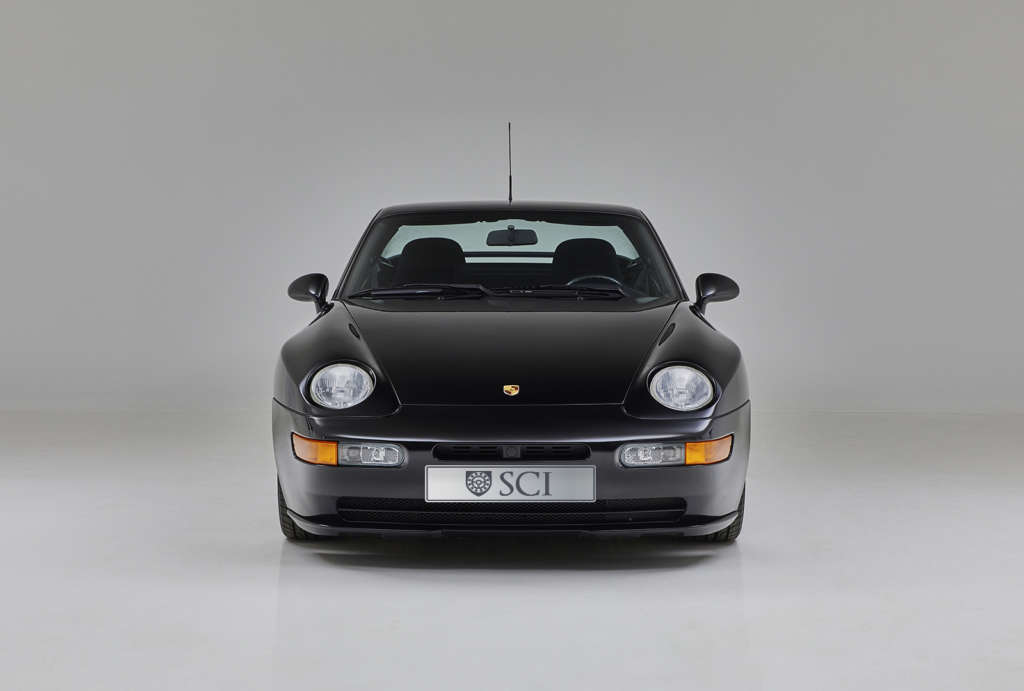
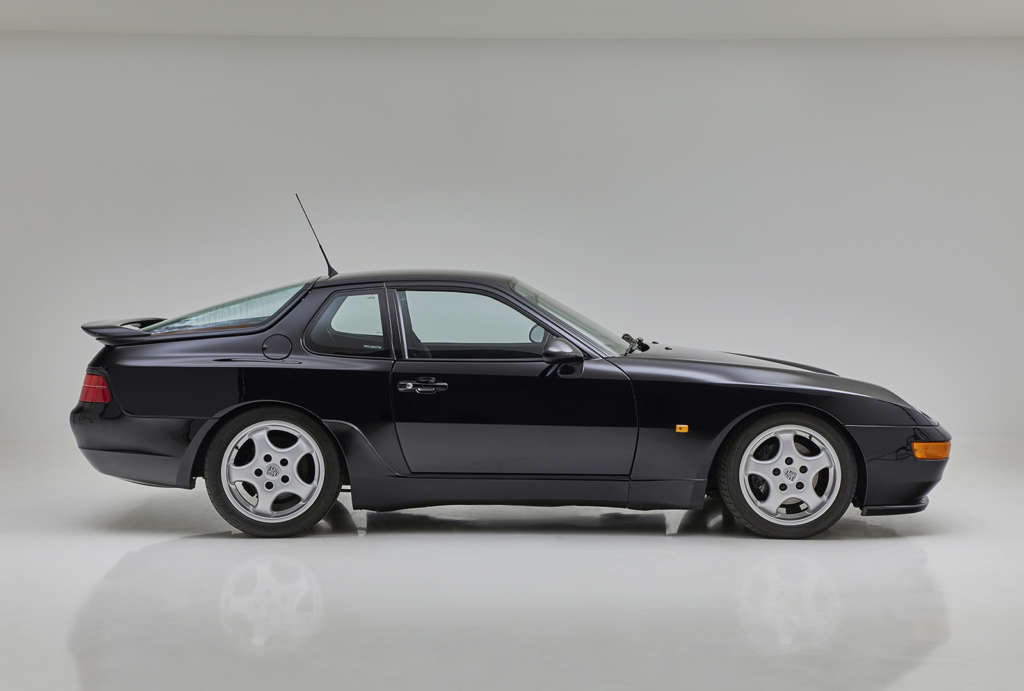
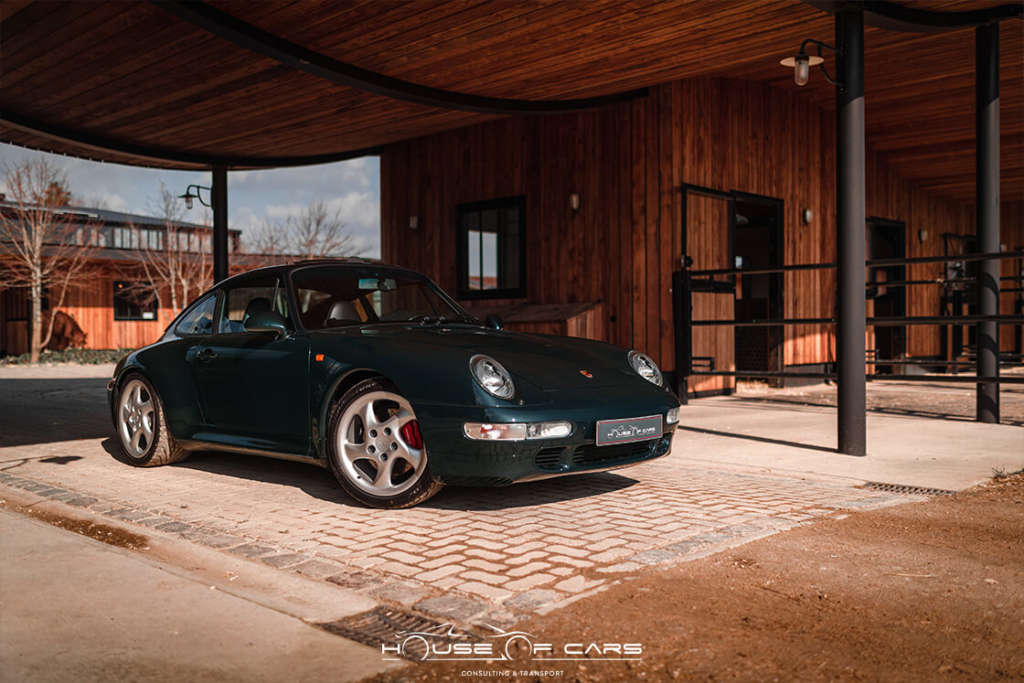
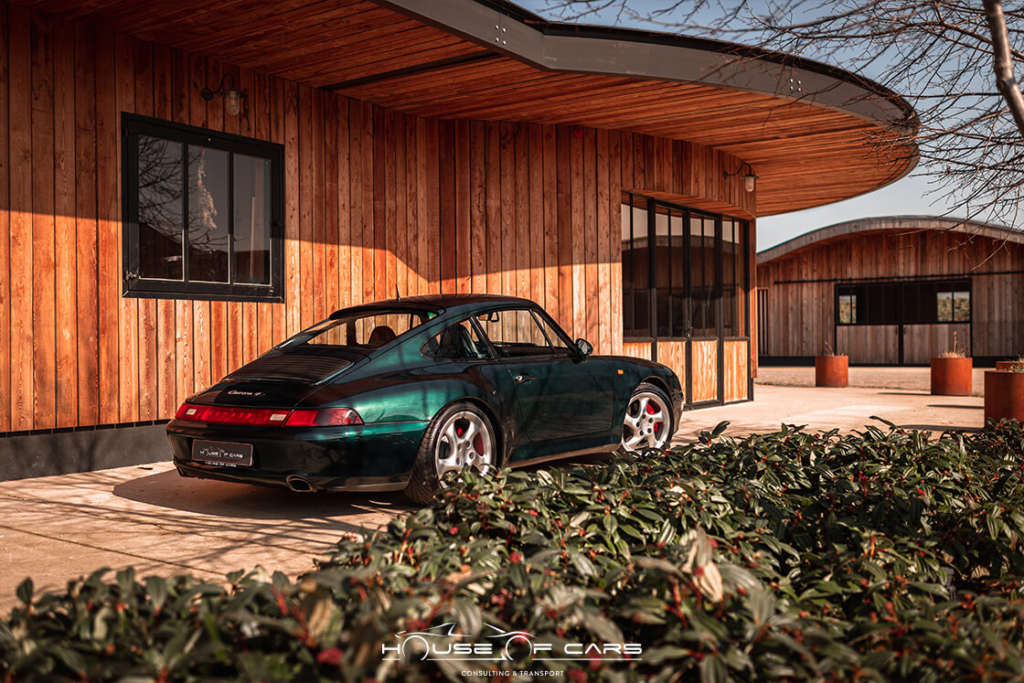
In order to meet this credo, when changing the Boxster/Cayman platform from six- to four-cylinder engines, Porsche used the name 718 again. This number was used for a very successful hillclimb racer, called 718K, back in the days. The four-door cars wear names like Panamera, Macan, Taycan and so on. In 2020, there are three different sports cars in Porsche’s range: The 718 Boxster, 718 Cayman (internally called 982) and the Porsche 911, with its internal code 992.
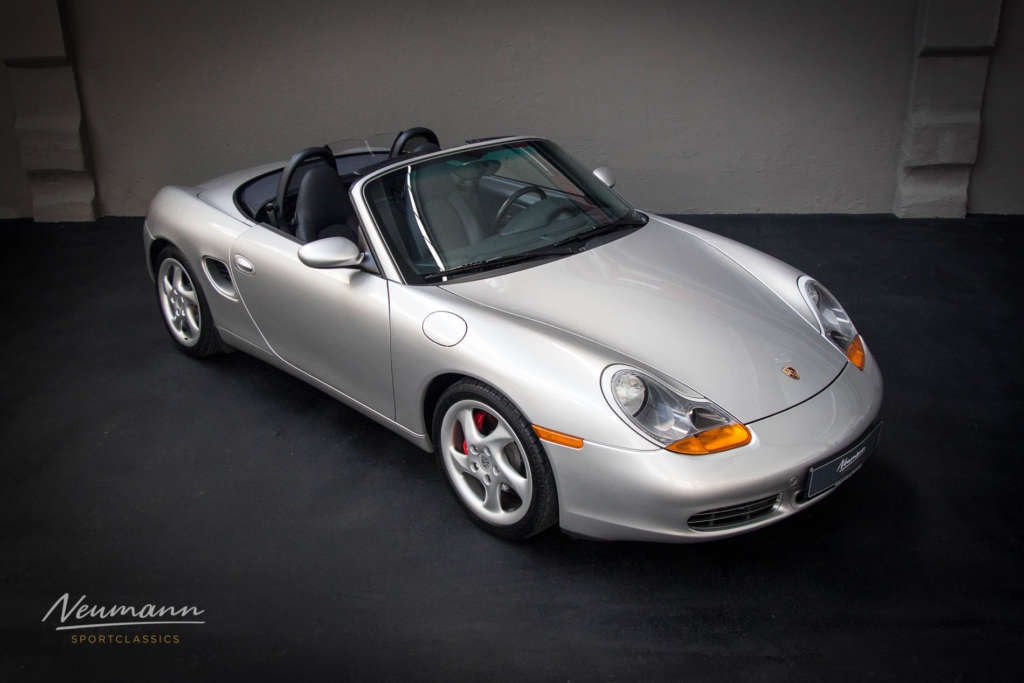
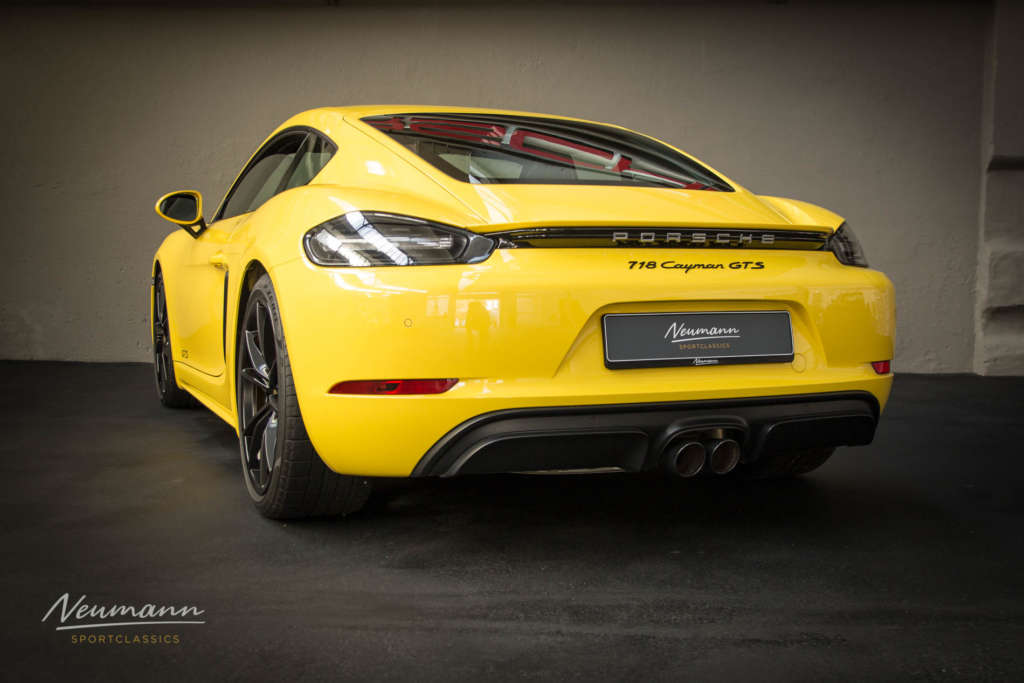
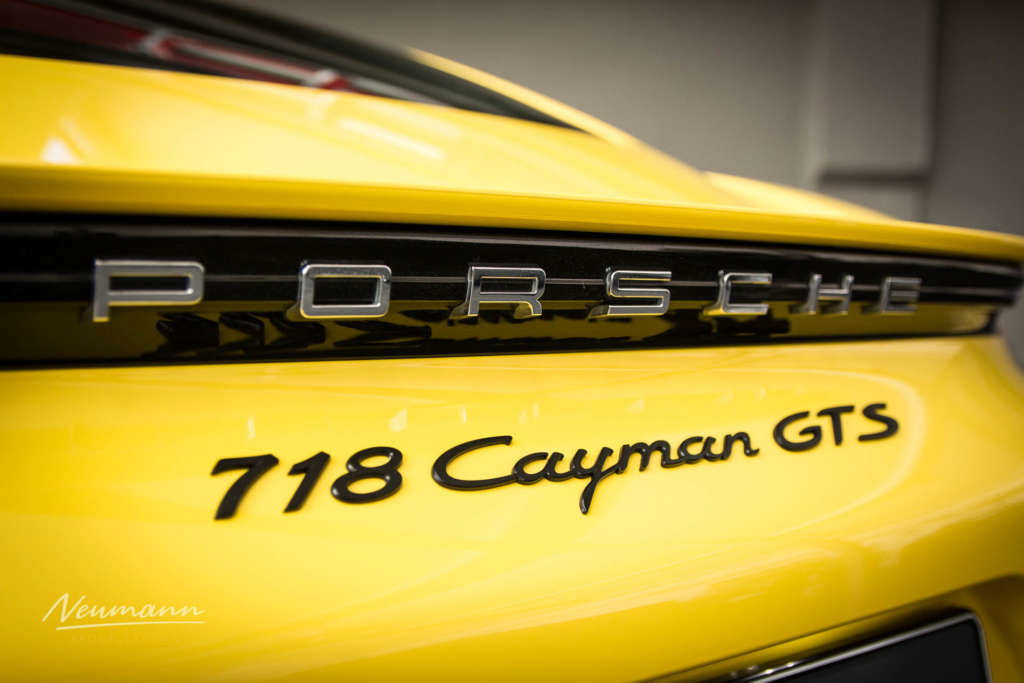
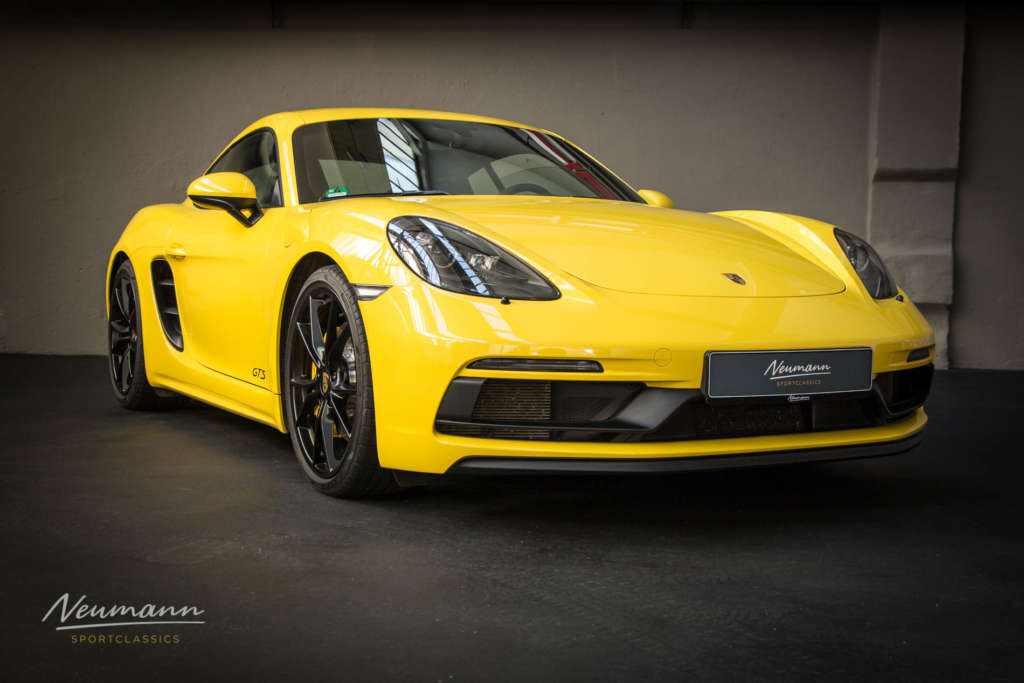
Porsche-Code for recent models
- Boxster: An artificial name used since 1993 and derived from Boxer (engine) and roadster
- Carrera: Originally, “Carrera” was the name of the Type 547 four-camshaft engine designed by Dr Ernst Fuhrmann. Porsche later used this suffix for the most powerful engine versions, such as the 356 A 1500 GS Carrera or the 911 Carrera RS 2.7. However, Carrera has almost become established as a synonym for the 911 model series. The name comes from the Carrera Panamericana, a Mexican endurance race in which Porsche secured major successes with the 550 Spyder.
- E-Hybrid: Apart from the combustion engine, the E-Hybrid models also have an electric motor on board, which provides more thrust while simultaneously emitting less CO2.
- Executive: The Executive models of the Panamera have a body extended by 15 cm, which primarily benefits the passengers sitting in the rear.
- GTS: GTS stands for Gran Turismo Sport and is originally a homologation class from motor racing. The 904 Carrera GTS received this epithet for the first time in 1963. In 1991, the 928 GTS revived the tradition. The GTS suffix is currently used to designate the especially sporty and exclusive models of a Porsche model series.
- RS: The RS stands for RennSport (=racing sport) and is a street-legal model that has been derived from the motor racing version. The designation is, however, also used for particularly sporty models, e.g. the 911 RS America.
- RSR: The RennSport Rennwagen (RSR) [literally: racing sport racing car] is a purely competition version and is not street legal.
- S: S for “Super” or “Sport”: a version with a more powerful engine. Today the S consistently stands for “Sport” and, in addition to the extra-sporty engine, additionally includes enhancements to the equipment compared with the basic model.
- Speedster: In the Speedster models, the windscreen is significantly lower when compared with the basic model, which gives the car a more streamlined silhouette. In return, the driver has to sacrifice comfort in the equipment provided.
- Spyder: The designation originally comes from the coach-making term for lightweight, open carriages for two people. In a similar way to the term Roadster, Spyder at Porsche designates open mid-engine sports cars. The 918 already has a legendary predecessor in the 550 Spyder from 1953.
- T: Although it was also available as a Targa version, the T in the 911 T from 1967 stood for “Touring” – and hence for a less expensive entry-level version of the classic vehicle with a weaker engine. With the 991, the T made its return. The 911 Carrera T is a lightened base model, specced with a few driver focussed bits.
- Targa: The 911 Targa is an open version of the 911, characterised by its distinctive roll-over protection bar and its fixed roof section. The name comes from the legendary Sicilian road race Targa Florio and means “plate” in English.
- Turbo: These models have an engine with exhaust gas turbocharger, which produces a powerful boost in performance. All Porsche models have had an exhaust gas turbocharger since 2015.
- 4: Models with all-wheel drive
Historic models
- CS or Clubsport: Available from 1992, the Club Sport (CS) version of the 968 had the same engine but had undergone streamlining for extra sporting character: without window lifts, rear seating and air conditioning, it may have been less comfortable but was significantly lighter and therefore faster than the 968.
- GT: Similar to GTS, the suffix Gran Turismo (GT) signifies a sportier version of the basic model; the designation has its origins in motor sport since it was possible to homologate vehicles for the GT class. Used for the first time in 1955 with the 356 A 1500 GS Carrera GT, Porsche returned to the designation in 1989 for the 928 GT.
- GT-Cup: Near-production racing version. Not street legal, used for example in the Porsche Carrera Cup.
- L: L for “Luxury”. The third version of the original 911 received this suffix in 1967.
- LWB/SWB: LWB stands for long wheelbase, SWB for short wheelbase. From 1964 until 1968 the 911 had a shorter wheelbase. F-model cars from 1969 onwards are long wheelbase cars.
- MFI: Mechanical fuel injection system.
- Pre-A: 1948 until 1955 built Porsche 356s.
- SC: Introduced in the model year 1964, the 95 hp 356 SC (Super C) was intended to mark the end of the series. In a similar way to this, the 911 SC (Super Carrera) was introduced in 1977, and was initially also intended to be the last 911 model. However, the series ended up being continued with the 911 Carrera 3.2.

